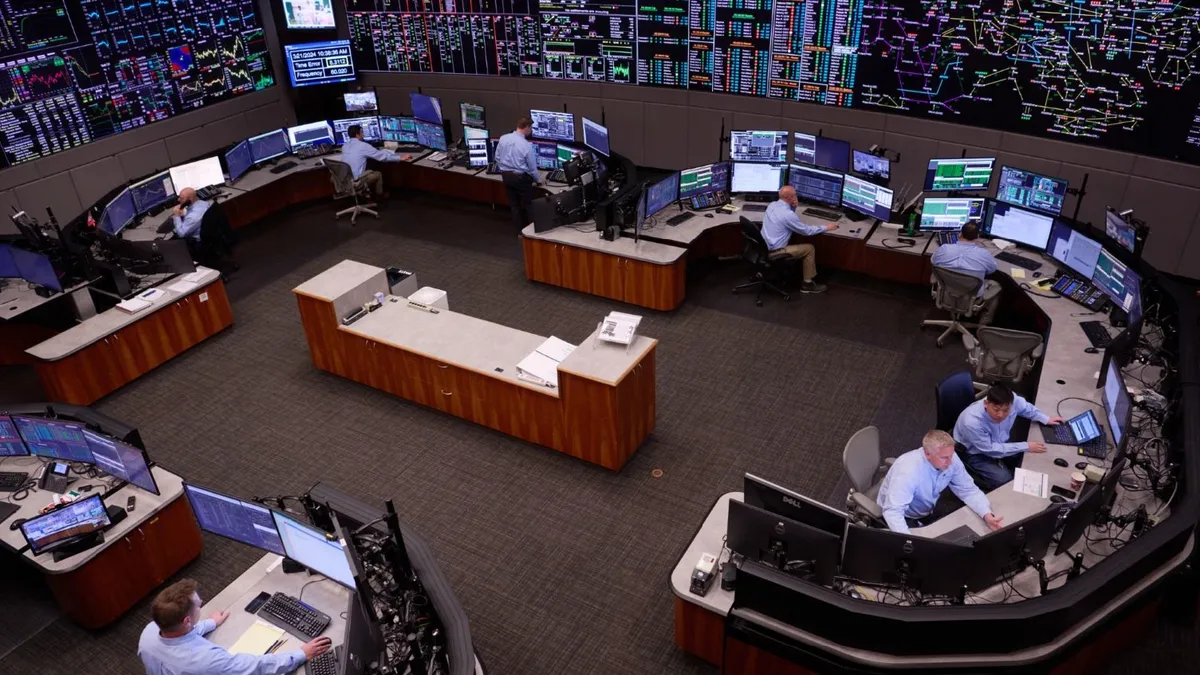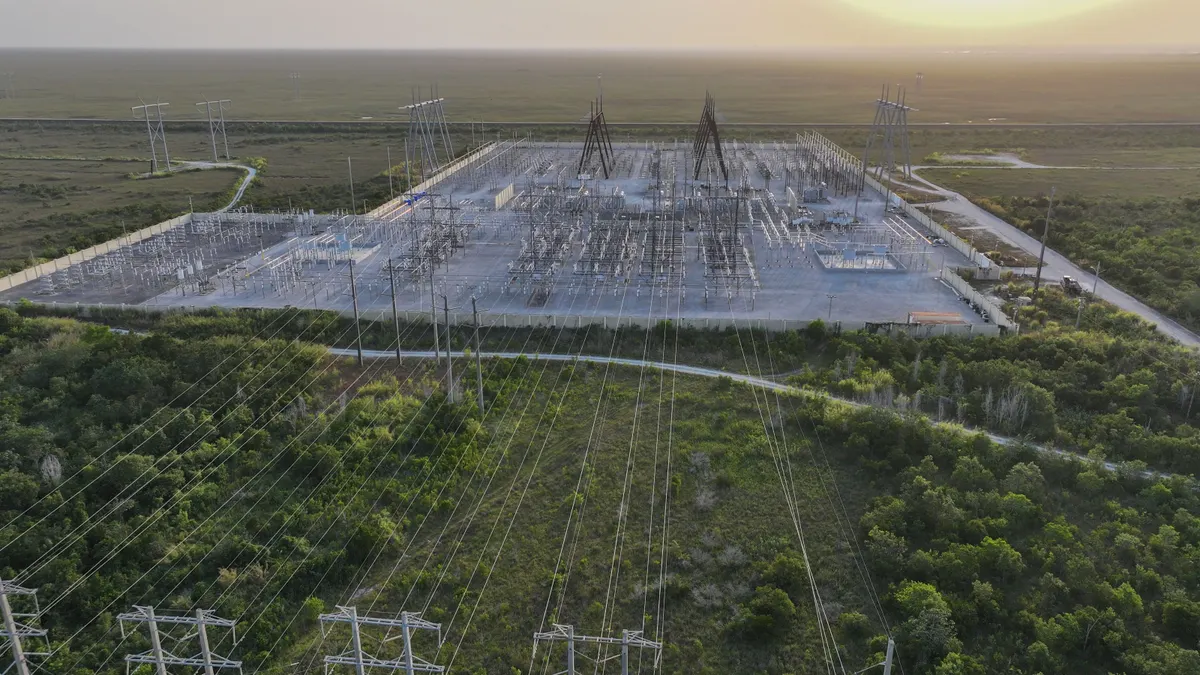Aftab Khan is executive vice president of operations, planning and security at the PJM Interconnection.
For most of its nearly 100-year history, the PJM Interconnection has operated behind the scenes. When the job is to ensure reliable electricity for 67 million people, being largely invisible is often a sign that the system is working as it should. More recently, PJM has been thrust into a more public light. In many instances, that has been a good thing. Consumers deserve an open and honest conversation about the conditions facing the industry today.
Since early 2023, PJM has been warning of the potential for an electricity supply and demand imbalance — one we are now seeing play out — and the effect that could have on future grid reliability.
At the same time, some public narratives have presented an incomplete or inaccurate picture of PJM’s role in overseeing the operations, markets and planning functions of the grid. It is important to set the record straight by focusing on the facts.
PJM is the regional grid operator for 13 states and Washington, D.C. Our core mission is to keep the lights on in our region. We act like an air traffic controller, maneuvering electricity through outages and storms across a multistate grid to match supply and demand in real time. We make sure that your local utility has the power it needs to deliver it to your homes and businesses.
PJM also does not operate for profit. We have no profit motive, no shareholders and no share price. We are fully regulated by the Federal Energy Regulatory Commission and cannot make any major changes to how we operate unless we have that body’s approval. Our only motivation is to use our engineering expertise to keep the lights on and provide value to consumers.
Understandably, rising electricity bills have become a top concern. These increases deserve thoughtful explanation and honest context. A typical consumer electric bill consists of three primary components. One involves the delivery of power to your home or business from your local utility. The next includes the taxes or surcharges authorized by your utility and its state regulator. The charges for both of these components are governed by the utility and the specific state and do not involve PJM.
The third component reflects the cost of generating and transmitting power. That is where PJM plays a role. To ensure reliability, we forecast electricity needs and run competitive auctions to secure the supply required to meet demand. These costs have risen recently because supply is decreasing while demand is growing.
Several factors are behind this shift. Power plants that generate electricity are retiring, often due to decarbonization policies or economic pressures. Simultaneously, demand is increasing due to the growth of artificial intelligence, data centers, electrification and a resurgence in U.S. manufacturing. When fewer resources are available and more are needed, prices naturally rise.
This dynamic is national, but some states in the PJM region are feeling the effects more acutely. In areas where older resources are being retired without enough new supply coming online, prices are under even more pressure.
PJM is working with stakeholders across the region to plan for these changes and support the development of new, reliable sources of power. In 2022, PJM reformed its interconnection process to better manage the high volume of renewable power projects seeking to connect to our system. That reform, approved by federal regulators, is already helping to move projects through the system more efficiently.
As of June, more than 46 GW of new generation, most of it renewable, had received interconnection approval, meaning those projects are clear to be built from PJM’s standpoint. This is enough energy to power roughly 40 million homes at full output. Many of these projects now face challenges related to construction, financing, permitting and supply chains, which are outside of PJM’s control. Still, we are tracking these issues closely and continuing to support progress where we can.
The power grid is a complex machine governed by the principles of engineering, mathematics and economics. Any effort to improve it must begin with a clear understanding of those realities. Policy decisions are important, but they must be grounded in the fundamentals of how the system works.
PJM remains committed to transparency, collaboration and delivering solutions. We will continue to work to ensure a reliable and affordable energy future, keep the lights on, and do it cost-effectively for families and businesses.





















